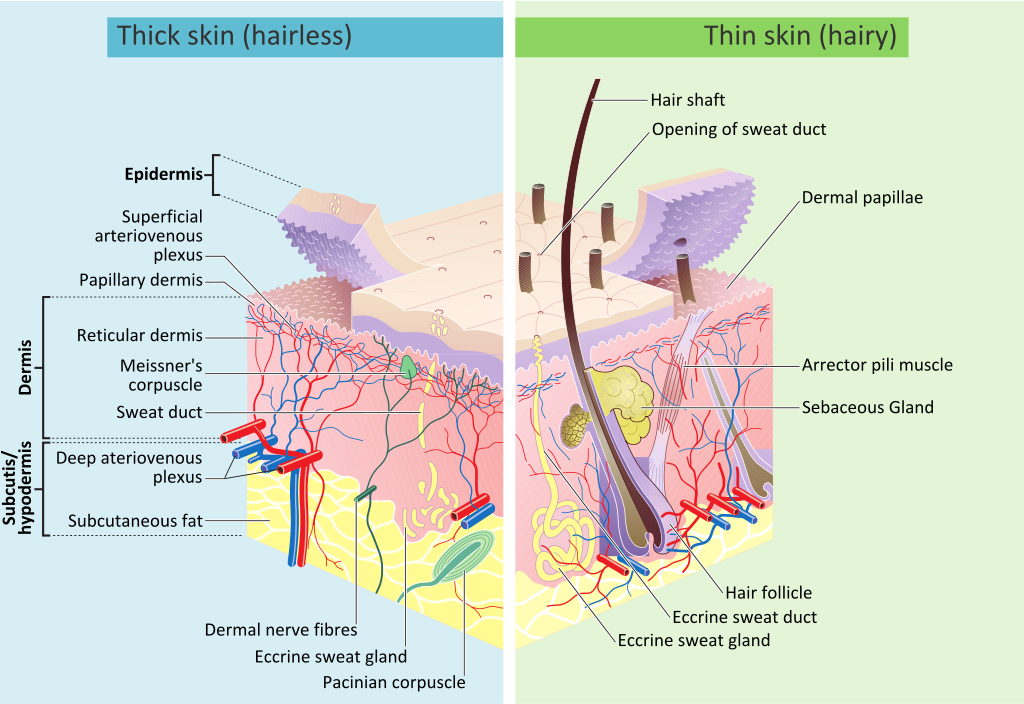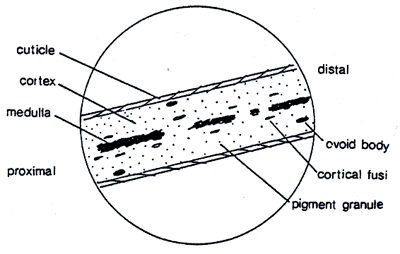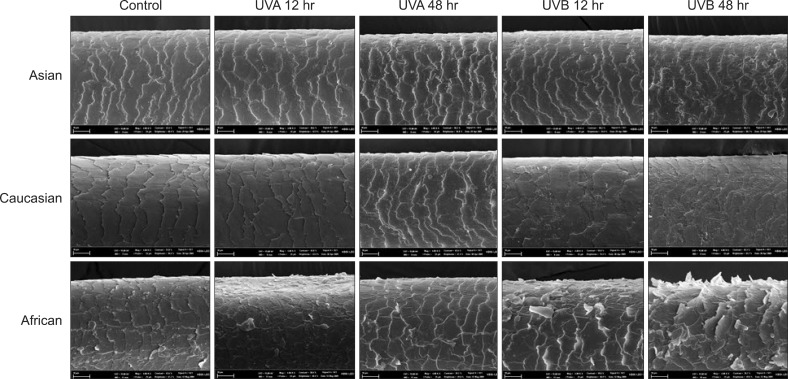
Understanding your hair and scalp is the first step to achieving your hair goals. Here are a few things you should know about them.
Hair & Scalp Facts
- There are more 10,000 strands of hair on your head.
- Hair is made up of protein and water. The water/moisture content is responsible for suppleness of your hair.
- Hair is dead and damage cannot be permanently repaired. You can maintain and preserve your hair but once it is damaged, it cannot be repaired.
- Each hair follicle produces about 20 hairs in your lifetime.
- The life cycle of a single strand of hair is about 2-3 years.
- Hair grows and average of one-half inch per month.
- Your scalp sheds about 50-100 strands of hair a day.
- The scalp is where every strand of hair is grows from and keeping it healthy is important for healthy hair.
- There are three stages of hair growth, anagen (active growth phase), catagen ( transition phase) and telogen (resting phase).

Stages of hair growth: anagen, catagen and telogen
Let’s Talk Scalp
The scalp resembles the rest of the skin on your body and has a blood vessels that carry nutrients to the hair follicle. The main difference is the scalp has larger oil glands that produce sebum, the body’s natural moisturizing oil. Healthy scalp equals healthy hair as long as you take care of them. The layers of the scalp are…

Epidermis – the uppermost layer of the scalp which is made up of layers that include dead skin cells, water, proteins and lipids.
Dermis – supports the skin (epidermis) through its protein structure. Hair grows from hair follicles located in the dermis layer of the skin.
Subcutaneous – houses the scalps’ blood vessels and fatty tissue which deliver nutrients
Let’s Talk Hair Anatomy
Hair is made up of two parts, the follicle and the shaft. The following image shows the different parts of the hair
Hair follicle – is just below the skins’ surface and the hair shaft grows out of it (see image above). The hair follicle contains sebaceous glands which produces sebum, a natural conditioner which moisturizes the hair. The hair follicle is nourished from the blood stream via the dermal papilla. Your hair is growing and connected to blood vessels and nerves while in the follicle. Once it passes the epidermis, it hardens and is essentially dead.

Basic structure of hair: the cuticle, cortex and medulla.
Hair shaft – is made of two to three layer, the cuticle, the cortex and the medulla.

Cross section of the hair shaft shows the three layers.
Cuticle – is the top layer of the hair shaft and looks like shingles on a roof. The cuticle protects the cortex and the medulla. If the cuticle is damaged the rest of your hair will follow suit. Minimizing damage to the cuticle layer of the hair is the best way to maintain your hair.
This image is taken from an NIH study on the results of hair exposed to UV. If you like to read research articles, www.ncbi.nlm.nih.gov/pmc/articles/PMC3582929/#!po=54.1667

Depiction of the cuticle layer and results of extended UV exposure. Do you notice the “shingle” like arrangement of the cuticle? There are several layers of them which protect the cortex and medulla.
Cortex – is known as the heart the hair and determines the strength due to its protein strands. It also determines the moisture content and color of the hair. It is made up of spindle shaped cells and pigment granules (melanin). This is the layer affected by processes such as hair color and chemical relaxers.

I love this image because you see the many protein strands that make up the cortex layer of the hair. All these individual strands work together to provide strength, elasticity and more to your hair. Amazing right?!
Medulla – is the innermost layer of the hair shaft and made up of mainly protein but much isn’t know about it. However, products and styling seem to have no effect on the medulla. It is not always present is the hair shaft and usually absent in those with naturally blond or fine hair.

Magnified hair strands show the presence of the medulla or lack thereof.
Let’s Talk Hair Texture & Type
Your hair type and texture informs the type of products you use. It also determines the best styling methods and intensity you can handle while maintaining your hair health.

Hair type or shape is the shape of your hair. It can be straight, wavy, curly, kinky-curly or coily. It is possible to have multiple hair shapes on the same head.
Hair texture refers to the thickness of the hair strand not how the hair feels. There three basic hair textures: fine, medium, thick or coarse. You can determine your hair texture by comparing to piece of sewing thread. Thick or coarse hair is usually about the same thickness of sewing thread.
My hair texture is medium and my hair type is kinky-curly or coily. You can have multiple hair types on the same head. For example the hair at the back of my head by the nape of my neck it naturally straight/wavy.
Well that’s it for the basic of scalp and hair structure. Working with your natural hair texture and type(s) along with good hair care habits can lead to the healthiest hair possible. Regardless of the choices you make and processes you use, my hope is that understanding this information will help you make the best decisions for your hair. Stay tuned for the next post where we will talk about types of hair damage and how to prevent them.
If you found this article helpful, just click here to share it. And, if you’re curious see the end of this post for additional links on hair science.
Click to Tweet: Learn about the basics of hair and scalp anatomy and what that means for the health of your hair from @senicanaturals http://bit.ly/1exYlcd
Recommended Products
Recommended Reading
Common Types of Hair Damage & How To Prevent Them
3 Hair Teas for a Healthy Scalp
Best of Hair Part 2: Hair Care Routine + Maintenance
Best of Hair Part 1: Anatomy of Hair + Scalp Dermatitis
Natural. Beautiful. You.®,
Benardett, Creator of Sénica® Products
www.senicanaturals.com
References/Image credits
Skin layers By Madhero88 and M.Komorniczak (https://en.wikipedia.org/wiki/File:Skin_layers.png) [CC-BY-SA-3.0 (http://creativecommons.org/licenses/by-sa/3.0)], via Wikimedia Commons
Stages of hair growth http://www.ncbi.nlm.nih.gov/pmc/articles/PMC2995294/#!po=18.4211
Hair Strands & Basic structure of hair http://www.fbi.gov/about-us/lab/forensic-science-communications/fsc/jan2004/index.htm/research/2004_01_research01b.htm
Schematic of hair fiber structure http://www.optics.rochester.edu/workgroups/cml/opt307/spr06/xue/project.htm
Scientific studies/readings on hair for the curious mind:
Photo Credit: Tiko Giorgadze unsplash